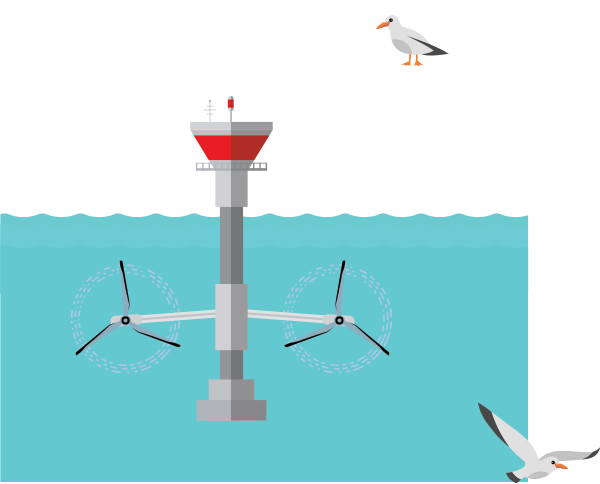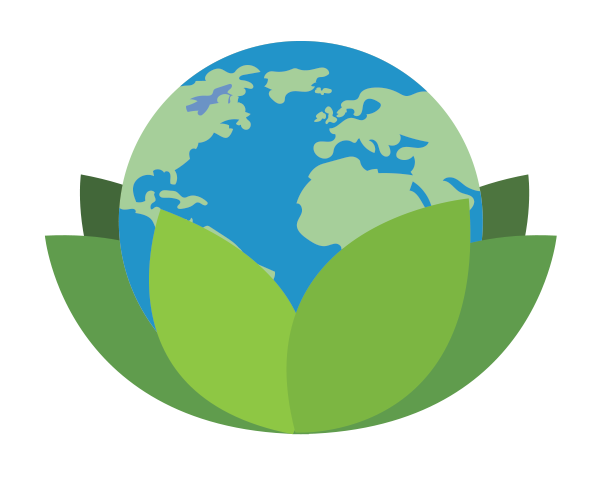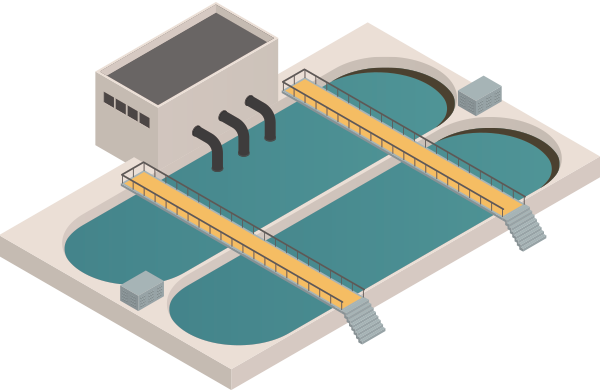
- Water, Nature and Humankind
- K-water Dictionary
-
Understanding K-water’s Efforts to
Achieve Carbon Neutrality for Water
Through Keywords- Written by. Choi Hang-jwa
- Source by. K-water
- All around the world, there is widespread and growing attention on the need to address climate change and reduce CO2 emissions. In keeping with this trend, K-water is working hard to complete an integrated water management program that is not affected by the climate crisis and empowers humans to coexist with nature. Now let's look at K-water’s efforts to achieve carbon neutrality for water by 2050.
 BUSINESS AS USUAL
BUSINESS AS USUAL
GHG Emissions Estimate(BAU)
BAU represents the total amount of GHG emissions that are expected to be emitted if measures are not imposed artificially to cut emission levels. BAU takes into account factors that influence GHG emissions, such as economic growth, international oil prices, and energy efficiencies. The BAU for 2030 is the total amount of greenhouse gases expected to be emitted in 2030 if the current emission pattern is allowed to remain unchanged without the imposition of intentional reductions. In December 2021, K-water became the first company in South Korea to establish the ‘2050 Carbon Neutrality Roadmap for Water’, and it intends to cut GHG emissions by 7.8million tons in 2050 - a level that will exceed current GHG emission estimates by nine times(888%).

Sihwa Tidal
Power Plant
This is the world's largest tidal power plant built in 2011 at Sihwa Seawall which is located in Ansan-si, Gyeonggi-do Province. Tidal power generation, which uses tidal waves generated twice a day by the moon's gravity, is a renewable energy generation that doesn’t produce any greenhouse gases or waste.Gyeonggi Bay, where Sihwa Lake is located, is an ideal place for constructing a tidal power plant due to the huge differences in tides. A total of 10 generators are installed here, generating 552GWh of electricity each day. This is an amount of electricity that could be used by about 500,000people each year. Famous tourist sites in Ansan like the Sihwa Narae Tidal Power Culture Center, a moon observatory, and Sihwa Narae Tidal Park, are located near the Sihwa Lake Tidal Power Plant.
 RENEWABLE ELECTRICITY 100
RENEWABLE ELECTRICITY 100
RE100
RE100 is a global campaign led by corporations and companies that make the pledge to adopt renewable energy to meet 100% of their electricity needs by 2050. Announced jointly by the multinational non-profit organizations Climate Group and CDP(Carbon Disclose Project), it was adopted at the UN Climate Summit in September 2014. As of August 2021, over 320companies have voluntarily participated in RE100. These companies include Google, Apple, Facebook, Microsoft, and BMW. In April 2021, K-water took the lead in reducing its GHG emissions by joining the RE100 campaign, becoming the first public company in South Korea to do so.
 NET-ZERO
NET-ZERO
Realization of
Net-zero
Water Purification Plant
‘Jeongsu’ is a Korean term with the meaning of “purifying water to make it clean and clear”. It is based on the Chinese characters ‘Jeong’, which means to purify, and ‘Su’ which means water. A Water Purification Plant is a facility equipped with equipment and facilities for filtering water to make it safe, clean, and potable for humans.
To obtain water that is pure enough to drink, water has to undergo a range of processes including water intake, water conveyance, water purification, water transportation, water distribution, and water supply. Needless to say, electricity is used to drive the entire water supply process.
As such, a Water Purification Plant is called a net zero Water Purification Plant if it implements carbon neutrality for the purpose of heating and cooling with a solar PV power or hydrothermal power generation facility built in an available space at a Water Purification Plant. K-water is planning to attain net zero at 43metropolitan water purification facilities by 2030.

Floating PV Solar Power
Solar PV power generation is a method of directly converting sunlight into electrical energy using photovoltaic cells without the use of a generator. A floating PV power plant is an eco-friendly power generation facility in which PV cells are installed on lakes or dam reservoirs, and that produces renewable energy with minimal spatial constraints or environmental damages. Above all, it contributes to lowering GHG emissions by replacing coal power and creating a clean atmosphere without the highly undesirable side effect of fine dust generation. As of November 2021, the floating PV power plant at Hapcheon Dam in Hapcheon-gun, Gyeongsangnam-do Province is the largest PV solar generation plant in South Korea, with an annual production capacity of 56GWh.

